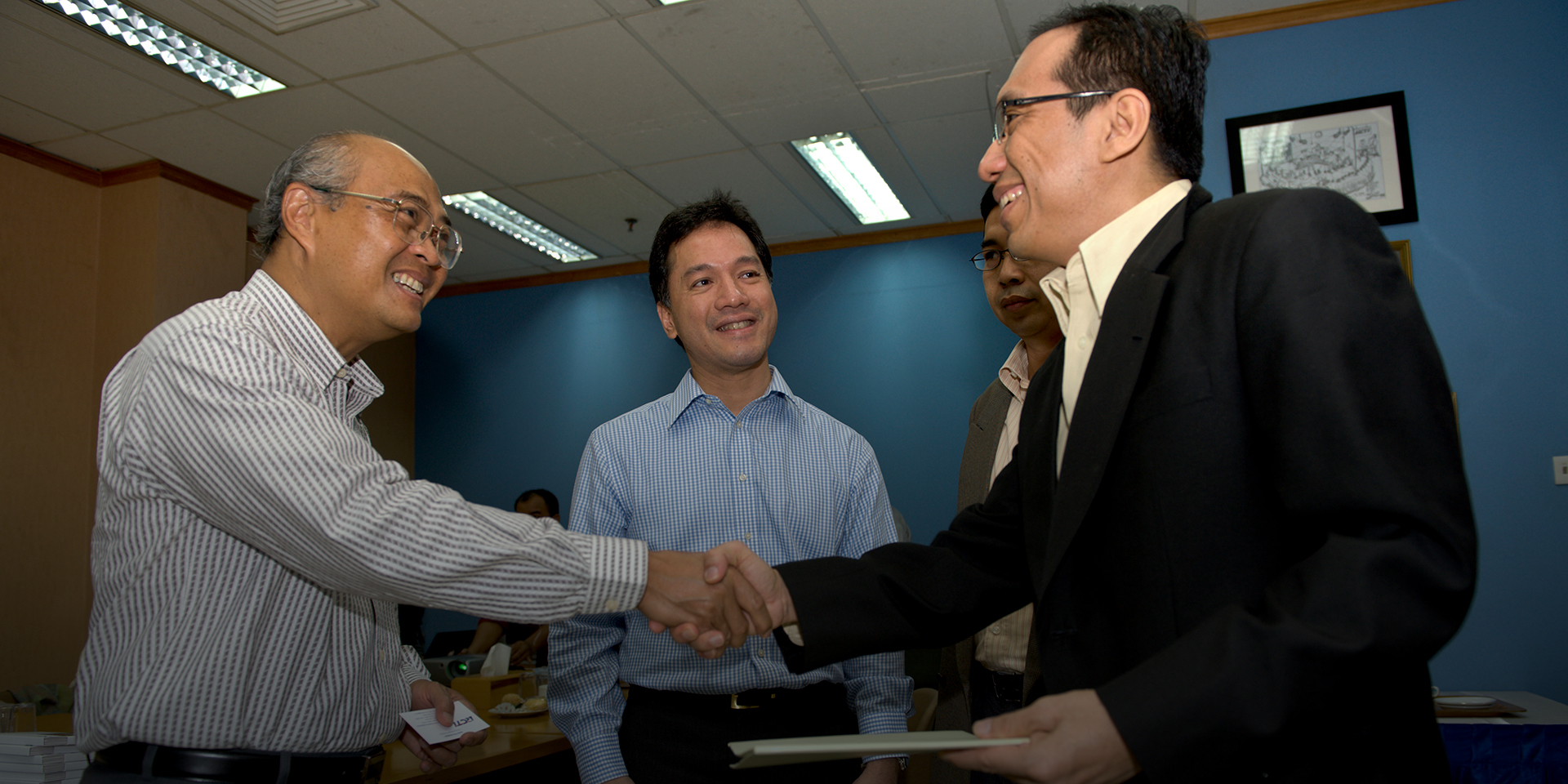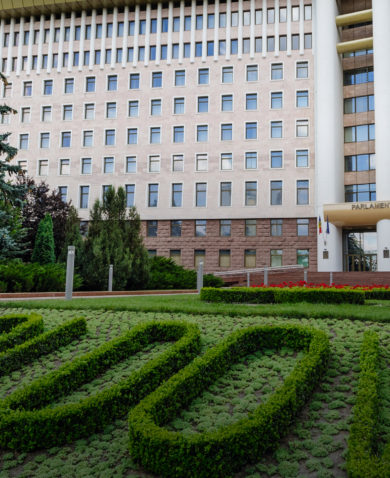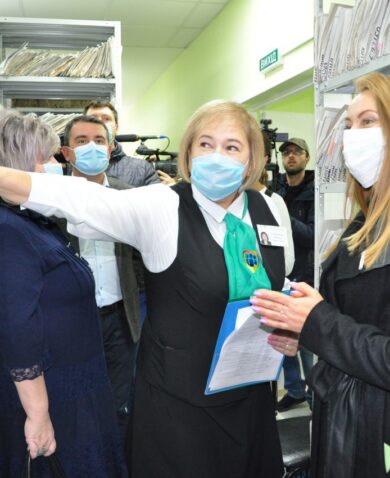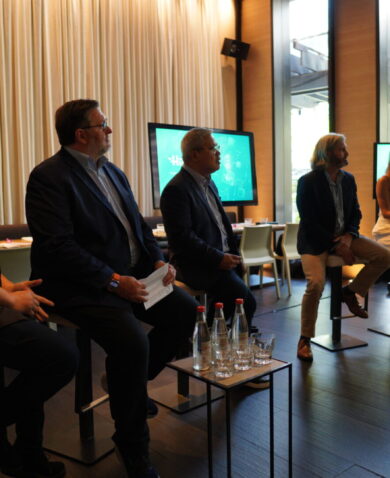Technology for the Border
Trade facilitation can mean improved processes and procedures, green lanes, training of customs officials, and lowered barriers to trade. However, what trade facilitation can also mean is better data. Data can play a huge role in driving trade policy decision-making and trade facilitation trouble shooting. How much time does it take for a car to cross at a border point? What about a truck? Being able to answer these questions in real time can help customs agencies pinpoint turnkey solutions to systemic issues. On the flip side, it can help transporters better plan their travel and timing. Interestingly, the U.S. Customs and Border Patrol Agency already has an app that allows users to check the time it takes to cross at each border crossing, filtered by vehicle type. This is the kind of existing technology that, scaled to new contexts, can make big impact. Similarly, better information about who and what is coming across borders can make a big difference. We’ve had Radio Frequency Identification (RFID) for a while — though it’s yet to be par for the course in all countries. RFID technology is most often seen with toll roads. It allows drivers to automatically pass through toll plazas without stopping by linking the driver’s movement to the vehicle and charging the toll automatically. This same model and principle can apply to cargo moving across a checkpoint. Some companies, like IBM, are taking this a step further by exploring ways to place supply chains on the blockchain — providing an immutable record and tracking system for the movement of goods. This kind of data and tracking capability bolsters risk management best practices with actual risk reduction.
Getting in Touch With Our DRM Side
DRM, or domestic resource mobilization, is often associated with tax collection. However, many countries receive a substantial portion of their domestic revenue through customs and other import duties. Customs and tax agencies need to “get in touch,” in other words, have an efficient, accurate, and reliable way to share information in real time — through an integrated financial management system (IFMS). IFMS reforms, however, require a great deal of political will and investment and have, to date, been focused on integrating national and local public financial management bodies. Bringing customs into the fold can be game-changing. Organizations like Cybernetica specialize in e-governance software and are tackling these challenges headfirst — at times in partnership with USAID programs — paving the path for fraud reduction and high transparency in both customs and tax collection. Improved resource mobilization from proper customs enforcement then paves the way for reducing tariff barriers to trade, since better collection of duties replaces more duties. Moreover, investing in IFMS and e-customs solutions allows for operating systems improvements that also boost speed and ease in trade.
Learning to Share
Age-old problems can sometimes mean tried and true solutions already exist. Getting those solutions shared, or building public support for change, however, is its own age-old problem. Dedicating resources to knowledge sharing is a critical aspect to ushering reform. The USAID trade hubs in east, west, and southern Africa are, in part, decades long legacies in knowledge sharing. Their online portals can act as consolidated platforms for news, legislation, policies, and programming knowledge for the private sector, the public sector, and trade technical assistance providers. In Moldova, the strategic communications arm of the USAID Business Regulatory, Investment, and Trade Environment Program made sure each reform effort was complemented by a robust public communications campaign helping stakeholders understand what the change meant for them. We can take learning and sharing a step further with online training programs for customs and border agents, or apps that provides transparent access to laws and regulations at your fingertips. Applying the advances made in models for strategic communications, e-learning, and digital knowledge sharing to the trade facilitation space is one of the best ways to spark engagement with the general public and the private sector — building a foundation of active stakeholders for reform.
So, What?
These examples are a mix of new and old technology, and new and old approaches to improved trade. What they really reflect, though, is a recognition that, across the development community, we’re experiencing a renewed appetite for innovation and learning. As we look forward and think of ways to “disrupt” trade for development, we should take time to pause and reflect on what’s worked, what foundations we can build on, and what new and exciting approaches to jump into.











































